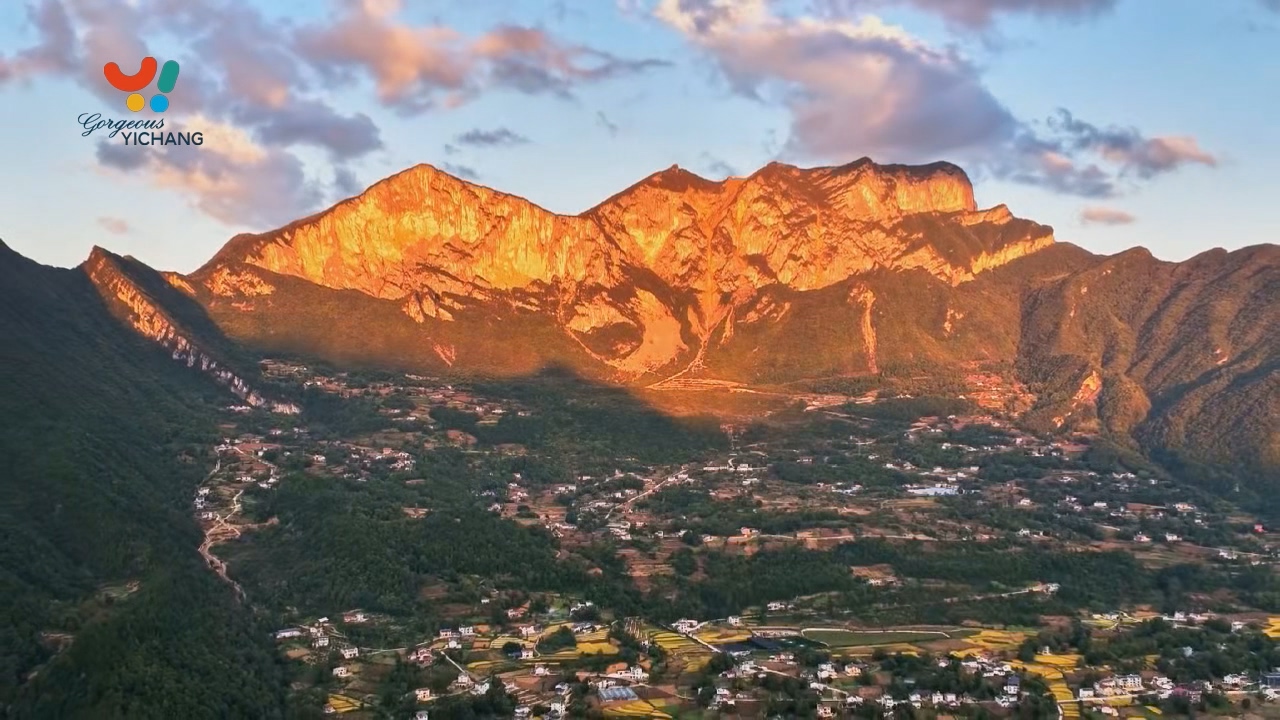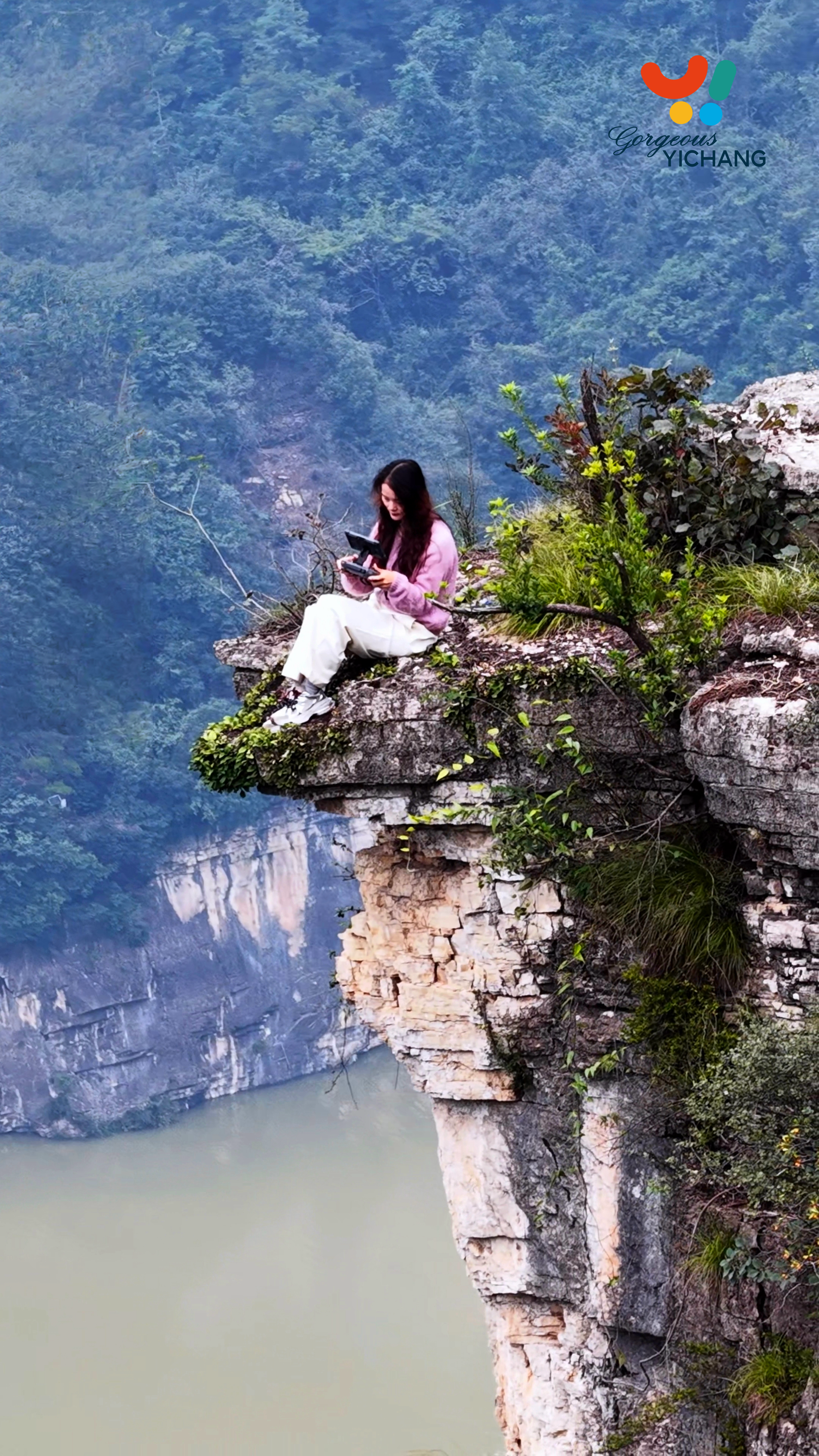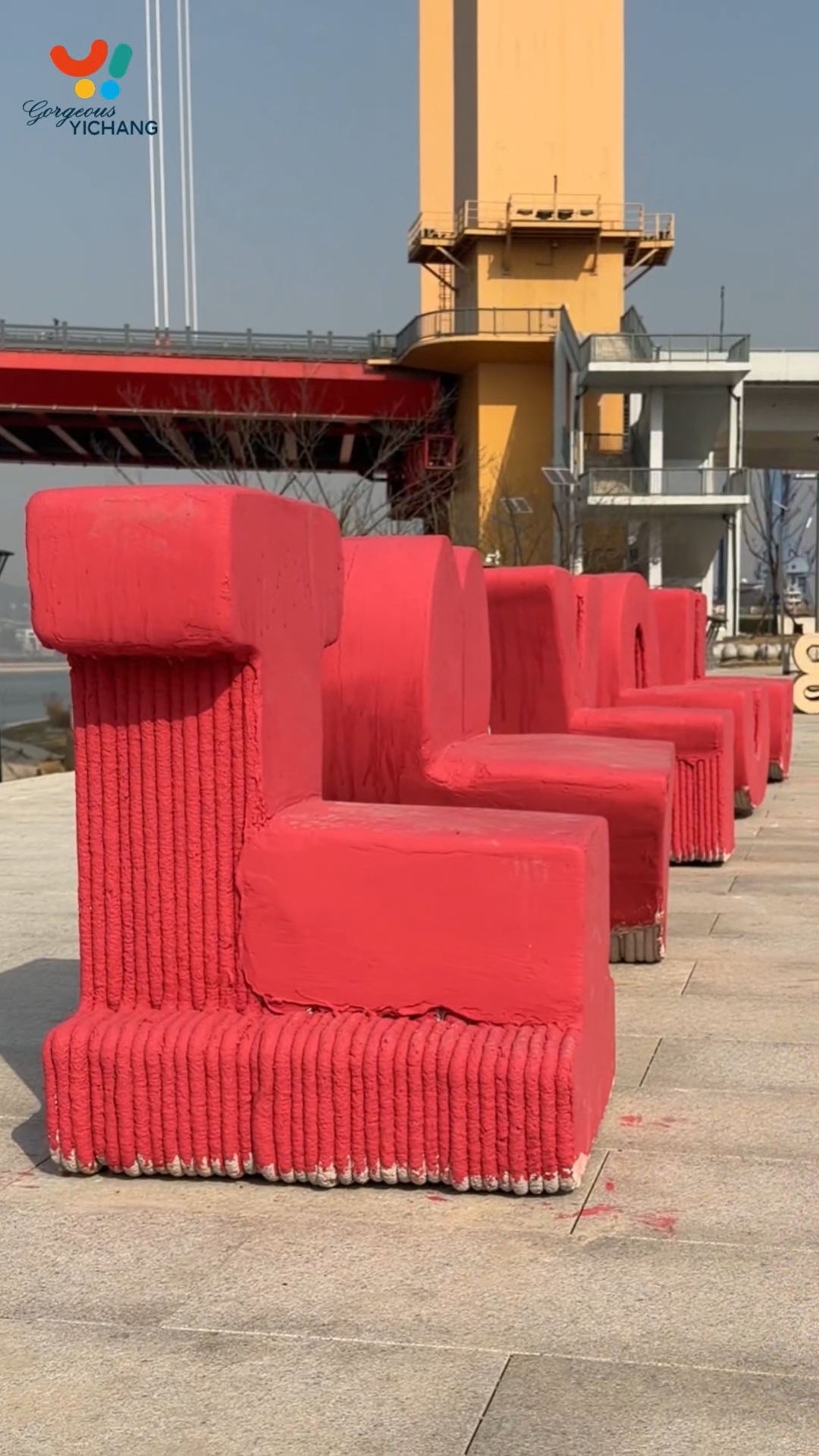Clusters of ghost plants discovered in Yichang
2025-10-12 18:10:34
By Chen Si.
A survey team discovered multiple clusters of monotropa uniflora, also known as the ghost plant, in the final stages of growth in Lianghekou Town at the end of September. Since then, this rare species has also been found in several other parts of Yichang, including Yuan'an, Zigui, and Xingshan.
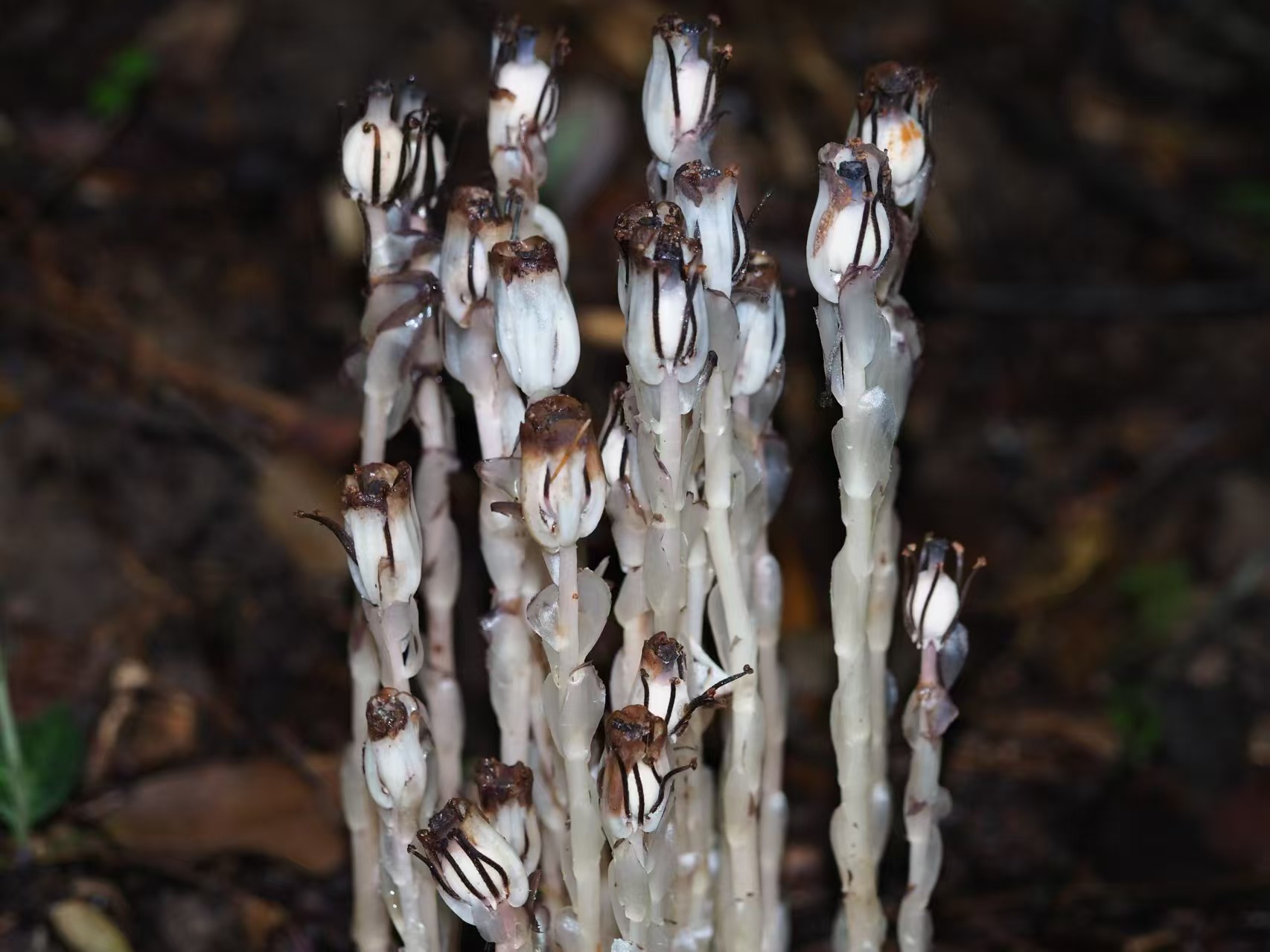
A survey team discovered multiple clusters of monotropa uniflora, also known as the ghost plant, in the final stages of growth in Lianghekou Town at the end of September. Since then, this rare species has also been found in several other parts of Yichang, including Yuan'an, Zigui, and Xingshan.

Monotropa uniflora
Photo by Li Liujing
Photo by Li Liujing
The survey was jointly conducted by the Faculty of Resources and Environmental Science at Hubei University and Wuhan Galsang Environmental Technology Co., Ltd.
Team member Li Liujing explained that unlike most plants, monotropa uniflora lacks chlorophyll and cannot photosynthesize. Instead, it depends on a symbiotic relationship with fungi for nutrients and grows above the ground surface for only about 40 days each year.
In the Red List of China’s Biodiversity - Higher Plants (jointly released by the Ministry of Ecology and Environment and the Chinese Academy of Sciences), monotropa uniflora is listed as a national near-threatened rare plant.
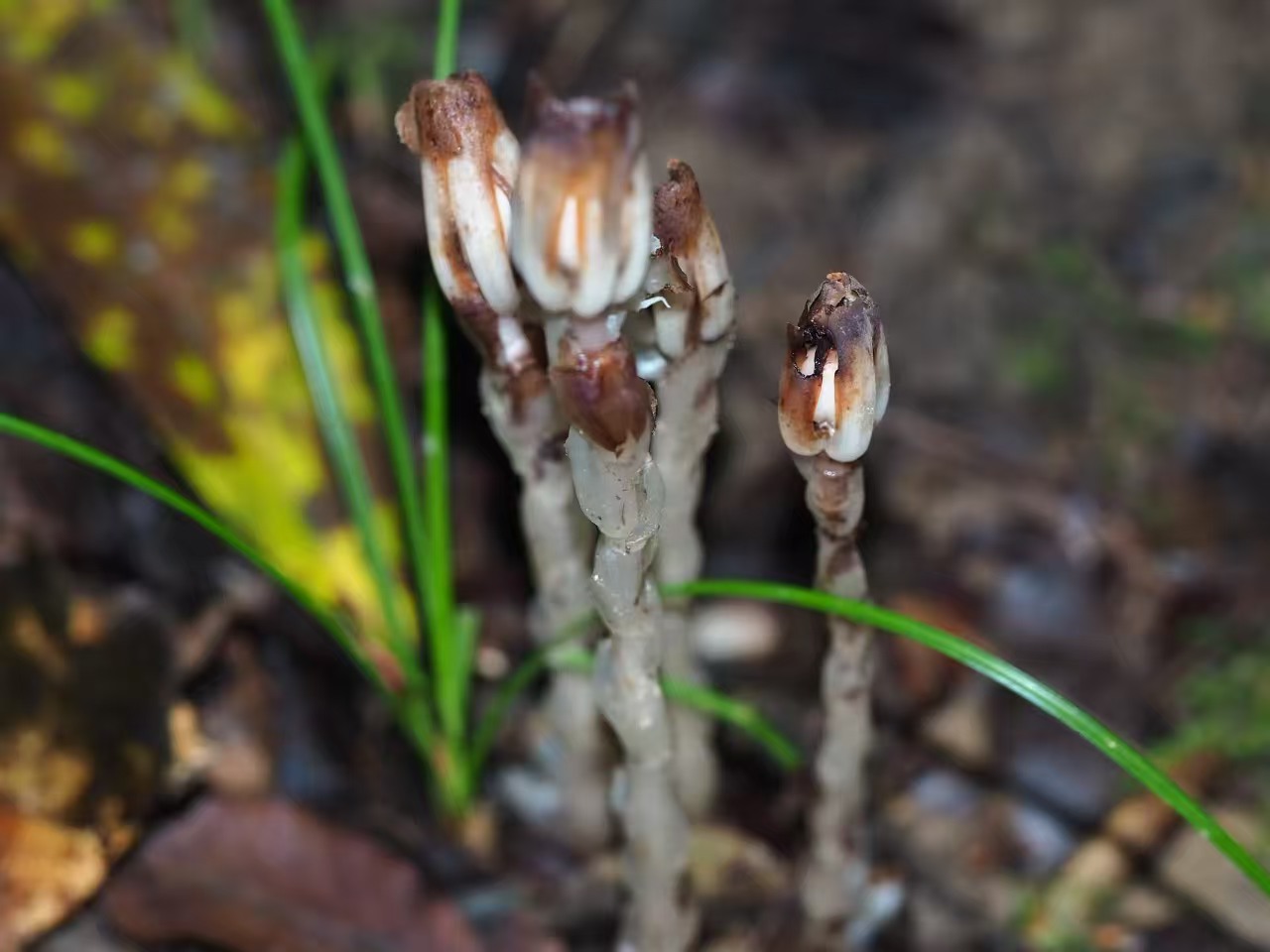
Monotropa uniflora
Photo by Li Liujing
Photo by Li Liujing
The ghost plant is considered a "biosensor" of forest ecosystems. Its growth depends on very specific environmental conditions, including altitude, climate, and soil.
Monotropa uniflora relies on a complete underground fungal network - with a mycorrhizal coverage rate of at least 70 percent - to survive. It requires a strongly acidic environment with a stable soil pH of 4.5-5.0, and a cool climate with an average annual temperature of 8-12 degree Celsius.
The discovery of this ghost plant community indicates that the canyon forests of the Three Gorges Reservoir area still maintain a nearly intact underground micro-ecosystem.

